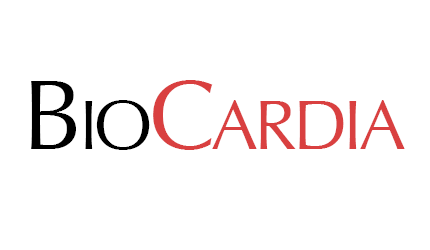
FDA OKs Phase III Trial of Cell-Based Heart Failure Therapy and Diagnostic
San Carlos, Calif.-based BioCardia has received a green light from the FDA to begin a Phase III study of its combination bone marrow-derived CardiAMP therapy and in vitro diagnostic for heart failure. The product is the first heart stem cell therapy to go through the FDA’s medical device approval process rather than the biologics pathway.
The three-pronged therapy combines a biomarker panel to identify patients with potent bone marrow cells who are likely to respond to therapy, a cell processing system consisting of a high-dosage formulation of a patient’s own bone marrow-derived cells and a unique transendocardial delivery system that ensures consistent targeted delivery.
Going through the less rigorous PMA pathway means that BioCardia will only need to perform one pivotal trial rather than two, CEO Peter Altman said. And as the cells are minimally processed, the risk profile is lower and less evidence is needed, making the path to market quicker and less expensive, he told Device Daily Bulletin.
The trial will enroll 250 patients at up to 40 clinical sites. Since the diagnostic gives BioCardia the ability to identify patients upfront, investigators won’t have to process cells as much as pharma companies do, Altman noted.
The company’s Helix transendocardial delivery system, which is part of the package, is currently CE-marked and being used by biotherapeutic companies to support heart failure treatment studies, Altman said.
Phase I and II trials of the CardiAMP therapy and Helix delivery system have demonstrated an excellent safety profile, as well as quality of life improvements, according to the company. If everything goes smoothly, BioCardia is looking at 2018 for FDA approval, Altman said. — Kellen Owings
Subscribe to Devices & Diagnostics Letter for complete coverage of the medical devices industry. Click here for more information.
